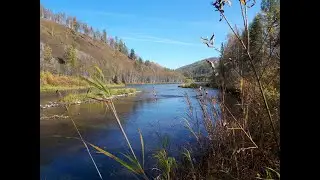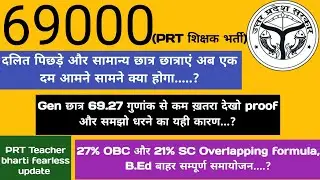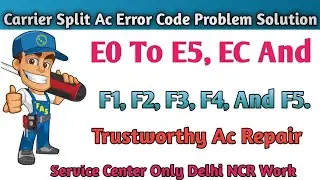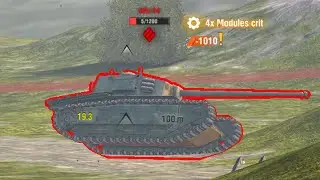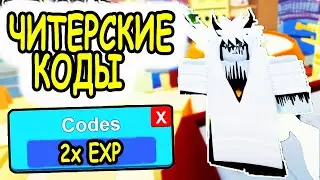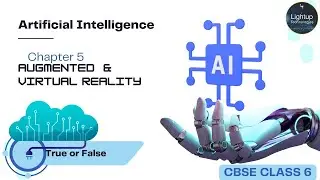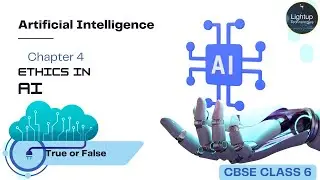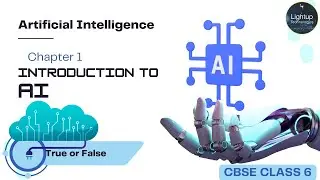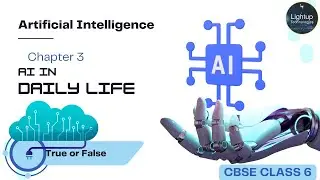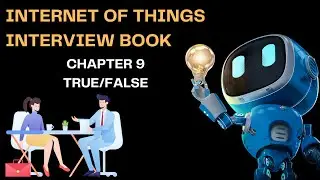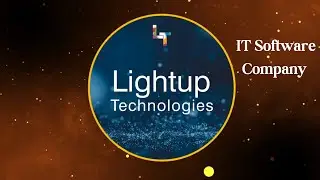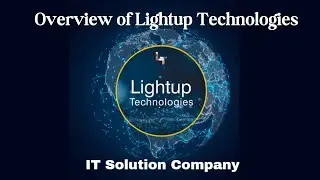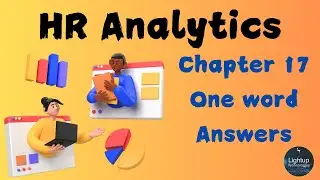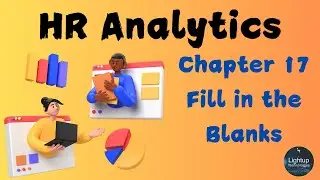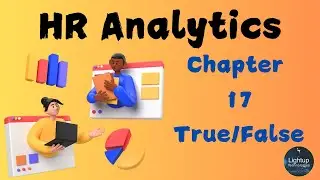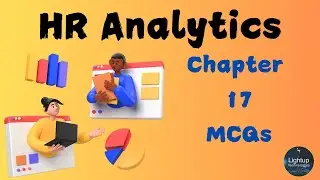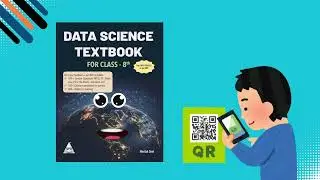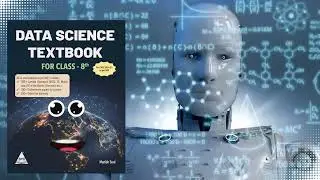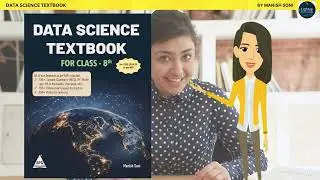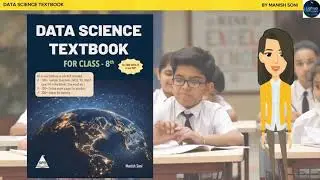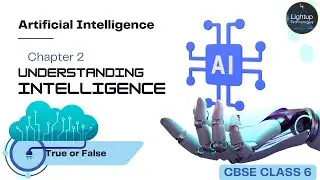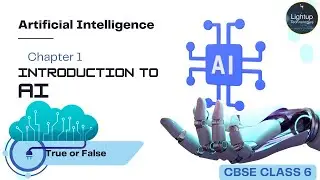R Programming Insights Chapter 1 Project Video.
Welcome to the first chapter of our R Programming Insights series, a comprehensive guide designed to introduce you to the powerful world of R programming. This video serves as a foundational pillar, setting the stage for your journey into data analysis, statistical computing, and graphical representation using R. Whether you are a beginner eager to dive into the world of data science or a seasoned professional looking to refresh your skills, this video is tailored to meet your needs.
In this introductory chapter, we delve into the basics of R, starting with its history and evolution. Understanding the origins of R helps appreciate its capabilities and the reasons behind its widespread adoption in various fields such as academia, industry, and government. We explore the core concepts and terminologies essential for grasping the fundamentals of R programming. These include variables, data types, operators, and basic syntax, which form the building blocks for more advanced topics in subsequent chapters.
One of the key features of R is its versatility and extensive package ecosystem. In this video, we guide you through the process of installing R and RStudio, the most popular integrated development environment (IDE) for R. We demonstrate how to navigate the RStudio interface, emphasizing the importance of the console, script editor, environment, and other essential panes. By familiarizing yourself with these tools, you will be well-equipped to write, execute, and debug R code efficiently.
Data is the heart of any analysis, and in this chapter, we introduce you to data structures in R, such as vectors, matrices, lists, and data frames. Understanding these structures is crucial for manipulating and analyzing data effectively. We provide practical examples and hands-on exercises to help you grasp these concepts intuitively. By the end of this video, you will be comfortable creating, accessing, and modifying various data structures in R.
R's strength lies in its ability to handle and analyze data seamlessly. We delve into the basics of data manipulation using the dplyr package, one of the most powerful and user-friendly tools for data wrangling in R. You will learn how to perform essential operations such as filtering, selecting, mutating, and summarizing data. These skills are fundamental for transforming raw data into meaningful insights, and we ensure you get ample practice through real-world examples.
Visualization is a critical aspect of data analysis, and R excels in this domain with its robust visualization libraries. In this chapter, we introduce you to basic plotting techniques using the ggplot2 package, renowned for its flexibility and aesthetic capabilities. We demonstrate how to create various types of plots, including scatter plots, bar charts, and line graphs. By mastering these techniques, you will be able to present your data visually in a compelling and informative manner.
To reinforce your learning, we incorporate a project-based approach throughout this chapter. You will work on a mini-project that involves analyzing a dataset and applying the concepts learned in the video. This hands-on experience is designed to solidify your understanding and give you a taste of real-world data analysis using R. By the end of the project, you will have a portfolio piece to showcase your skills to potential employers or collaborators.
Furthermore, we emphasize the importance of reproducible research in the world of data science. We introduce you to R Markdown, a dynamic tool that combines code, output, and narrative text in a single document. This enables you to create reports, presentations, and dashboards that are not only visually appealing but also easy to share and reproduce. You will learn how to write R Markdown documents and render them into various formats, including HTML, PDF, and Word.
As you progress through this video, we encourage you to experiment with the code examples and explore additional resources. The R community is vibrant and supportive, with numerous online forums, tutorials, and packages available to enhance your learning experience. By actively engaging with the community, you will stay updated with the latest trends and best practices in R programming.
In conclusion, this first chapter of our R Programming Insights series is designed to provide you with a solid foundation in R. From understanding its history and core concepts to mastering data structures, manipulation, and visualization, you will acquire the essential skills needed to embark on your data science journey. The project-based approach and emphasis on reproducible research ensure that you gain practical experience and the ability to communicate your findings effectively. Join us in this exciting adventure and unlock the full potential of R programming. Subscribe to our channel, hit the notification bell, and stay tuned for more insightful videos in this series. Happy coding!
